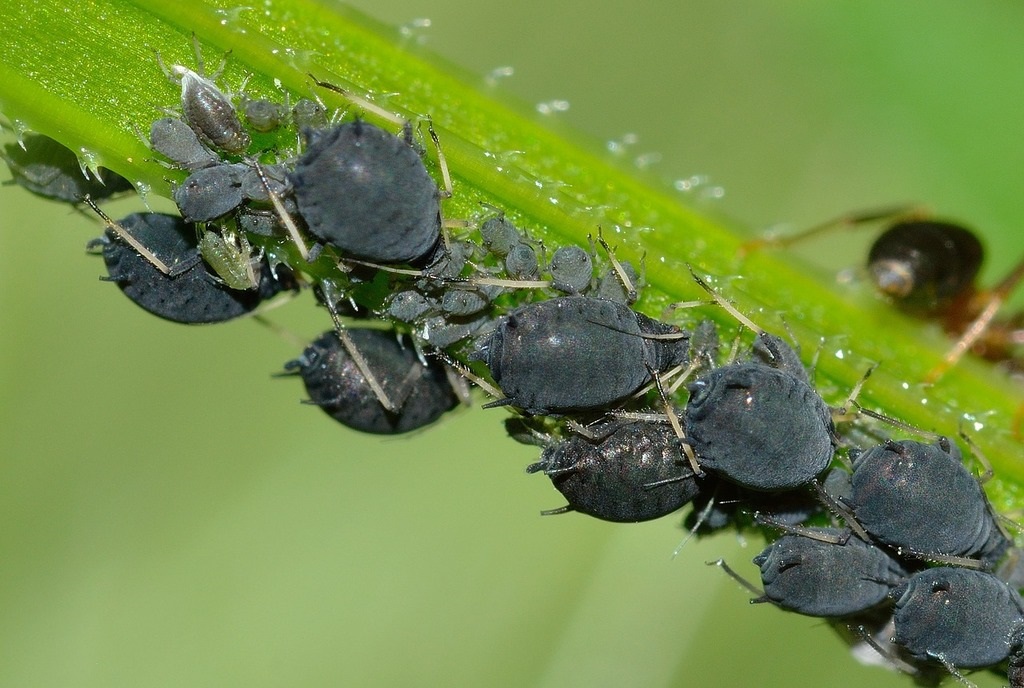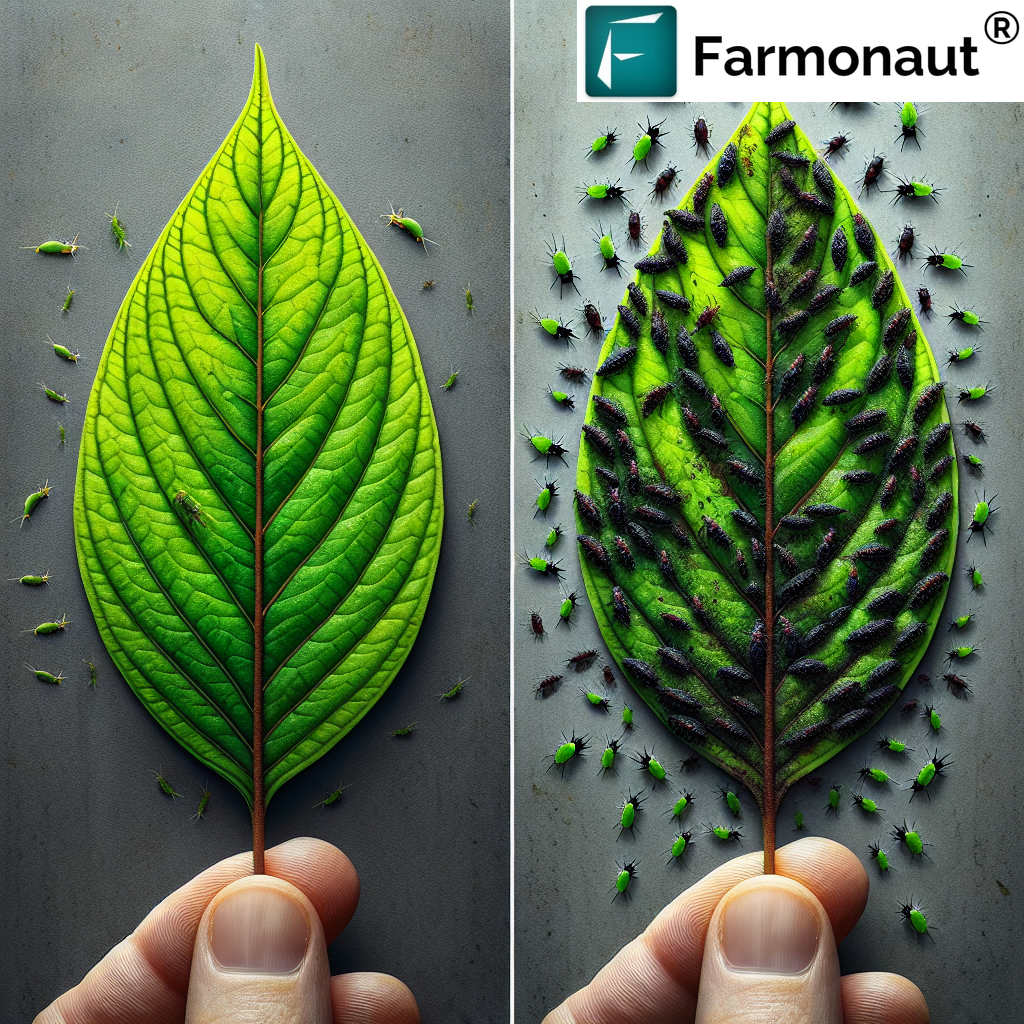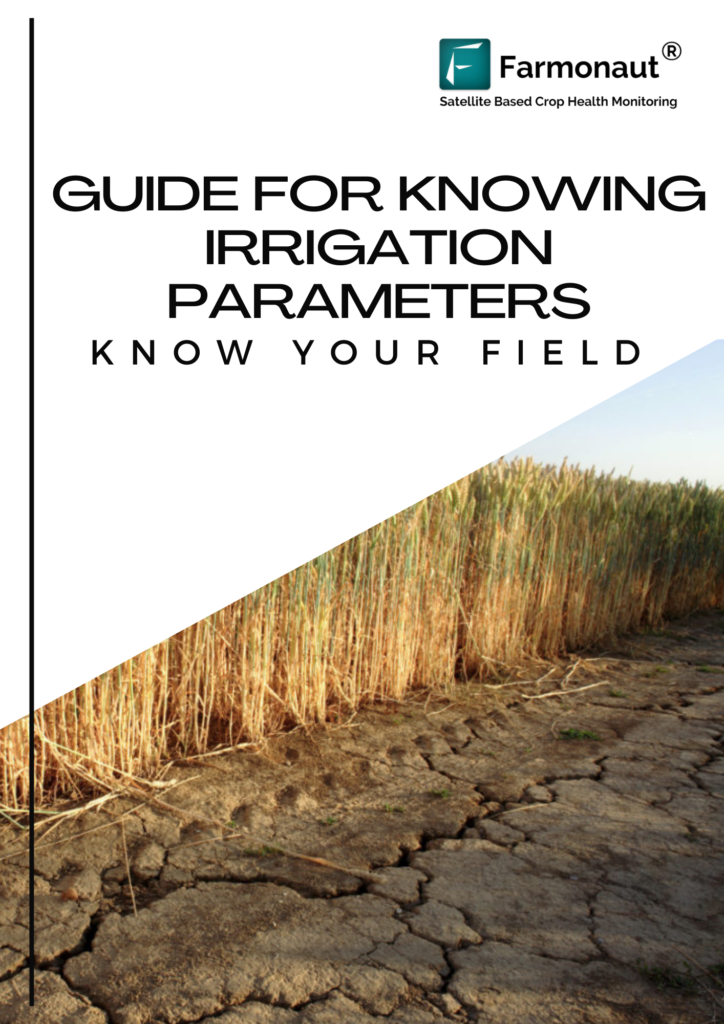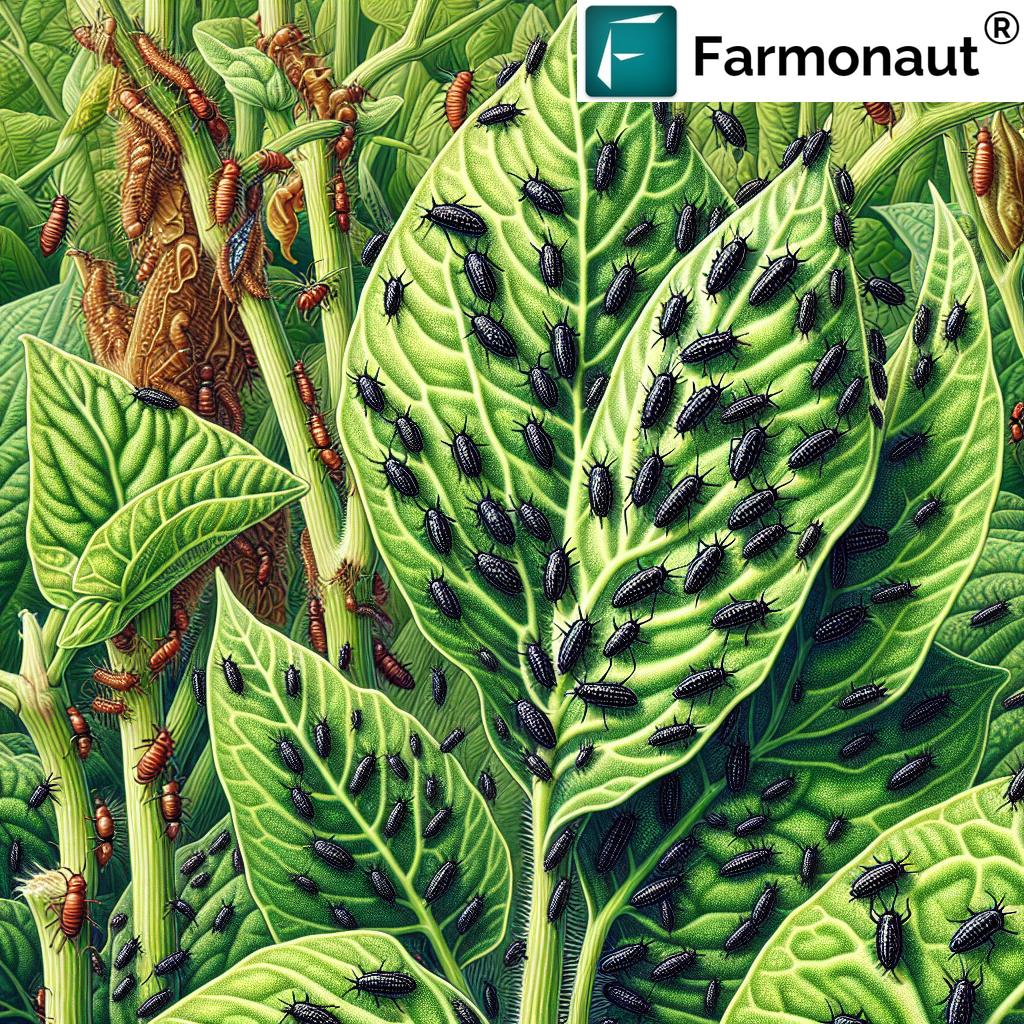Black Citrus Aphid
Toxoptera aurantii
Caused by insect
Factors –
a- Distortions of twigs and inflorescences and curling, rolling or folding of leaves.
b- Leaves turn black in presence of honeydew that is readily colonizes by sooty mold.
c- Downgraded quality of fruits and poor vigor in trees.
d- Tristeza virus is a possible infection.
Hosting body – Citrus and Mango
Identifiable traits
It affects all citrus trees in all growth stages. The aphids have long piercing mouthparts which they use to suck the sap on shoot tips and young leaves, which leads to distortions of twigs and inflorescences and the curling, rolling or folding of leaves. They feed on sweet plant phloem, they excrete excess sugar in the form of honeydew. When this honeydew falls onto the leaves, it readily colonized by sooty mold fungi which make the leaves turn black. In result, this limits photosynthesis and has consequences on the vigor of the tree and the quality of the fruits. Tristeza virus is other causing factor which causes damage to citrus trees, which aphids carry.
Inducing factors
Symptoms are caused by the adults and nymphs of the black citrus aphid Toxoptera aurantii. They often co-infect citrus trees and other cultures together with another related species of aphid T. citicida, commonly known as brown citrus aphid. Adult aphids exist in two forms, either with or without wings. Winged aphids can fly a distance of up to 30 km and are found when they become too numerous or when food supply reduces or becomes limited. They have a dull brownish to black body with a length of about 1.5 mm. These black citrus aphids have a simple life cycle and a high reproduction rate that can lead to rapid and severe infestations. Favourable temperature range for development, survival and reproduction varies from 9.4 to 30.4 ˚C. The honeydew attracts ants, which in turn protect the aphids from natural predators. They are considered a vector of the Tristeza disease of citrus and the zucchini yellow mosaic virus.
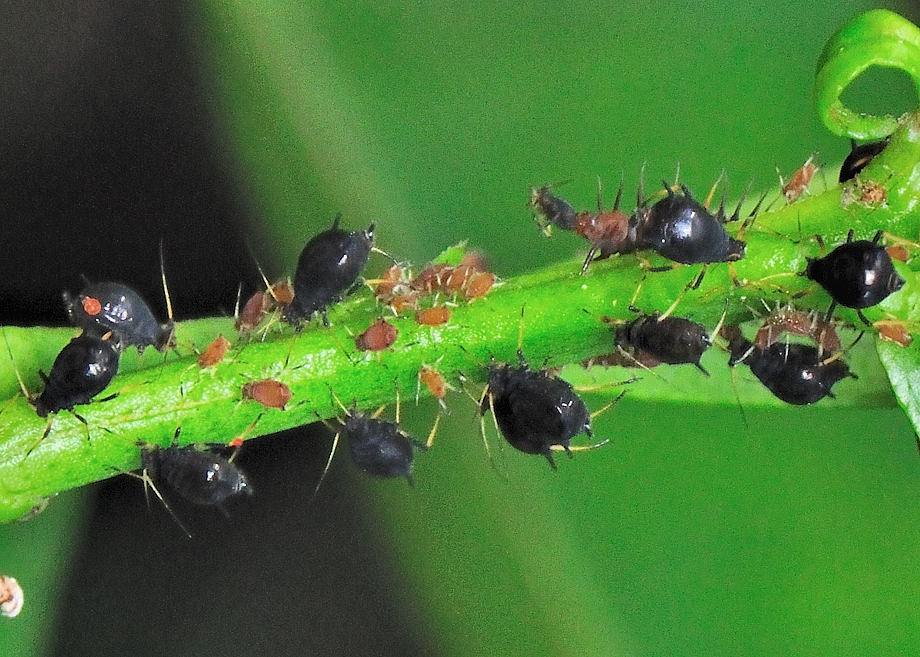
Organic remedies
Predators include many species of hoverflies, lacewings and ladybirds that can attack aphids at all stages of development. Two commonly used coccinellids against this pest are adults and larvae of Cycloneda sanguinea and Hippodamia convergens. Some culture-specific parasitic wasps may also be available for citrus in the area of interest. The fungus Neozygites fresensii can be important check on aphid populations during humid weather. Ants can be killed with boiling water or with solutions containing natural pyrethrins. Insecticidial solutions can also be used against aphids, for example solutions based on soap, detergent soap, neem or chilli extracts.
Chemical remedies
If available, always consider an integrated approach with preventive measures together with biological treatments. Several insecticides can be used to control aphids but their effectiveness depends on a timely application, for example before the leaves curl or populations become too large. Commercial products containing petroleum oil can be sprayed on the underside of leaves, so that they directly contact the aphids. Synthetic pyrethroids are also likely to be effective against aphids and ants, but can have a negative impact on natural enemies, too.
We will keep posting about any such informative information on to our blogs, to help as many people as possible. Farmonaut is built upon a vision to bridge the technological gap between farmers and strives to bring state-of-the-art technologies in the hands of each and every farmer. For any queries/suggestions, please contact us at support@farmonaut.com.
We have some more interesting articles coming up soon. Stay tuned!
Wait!!


